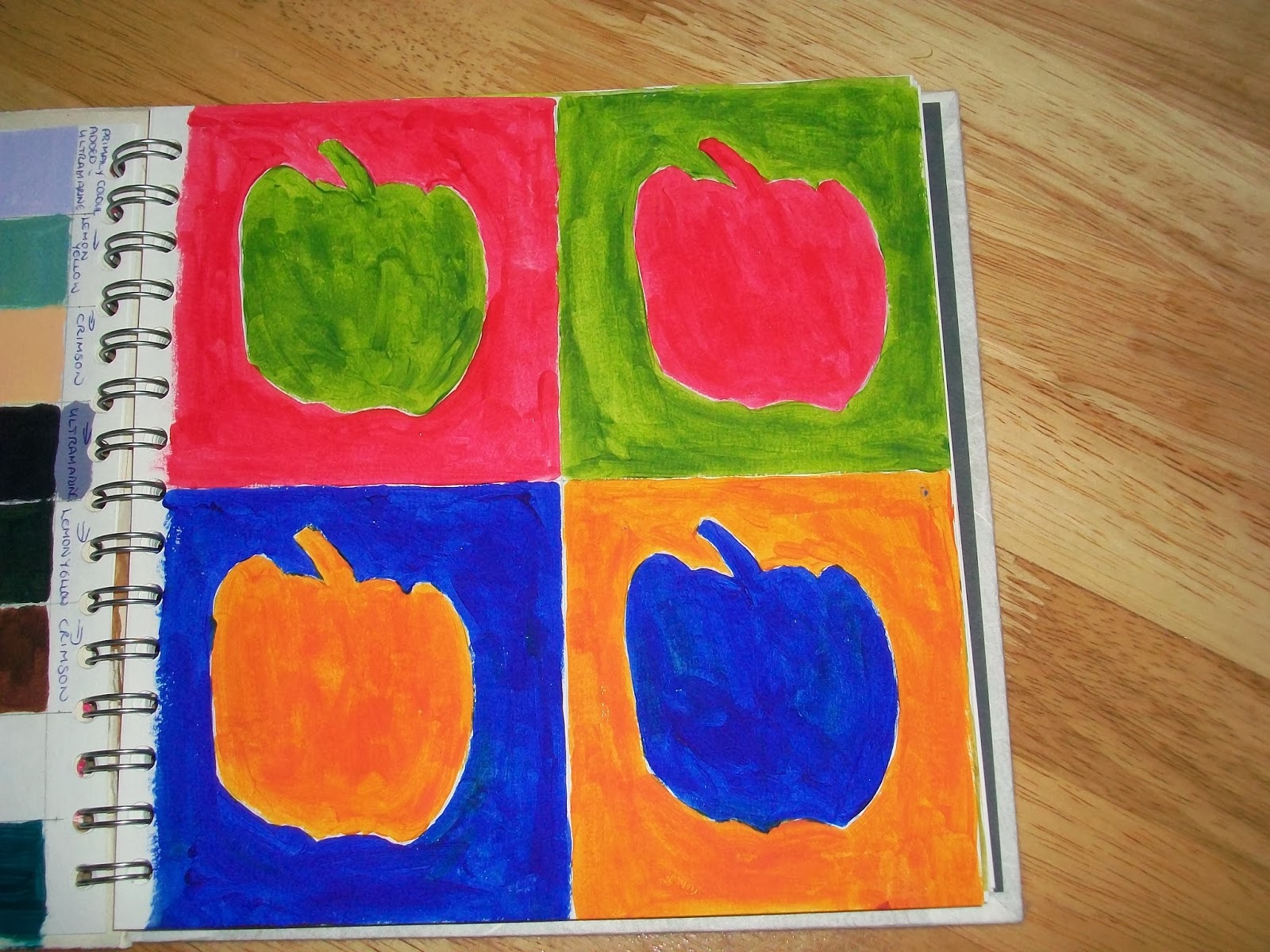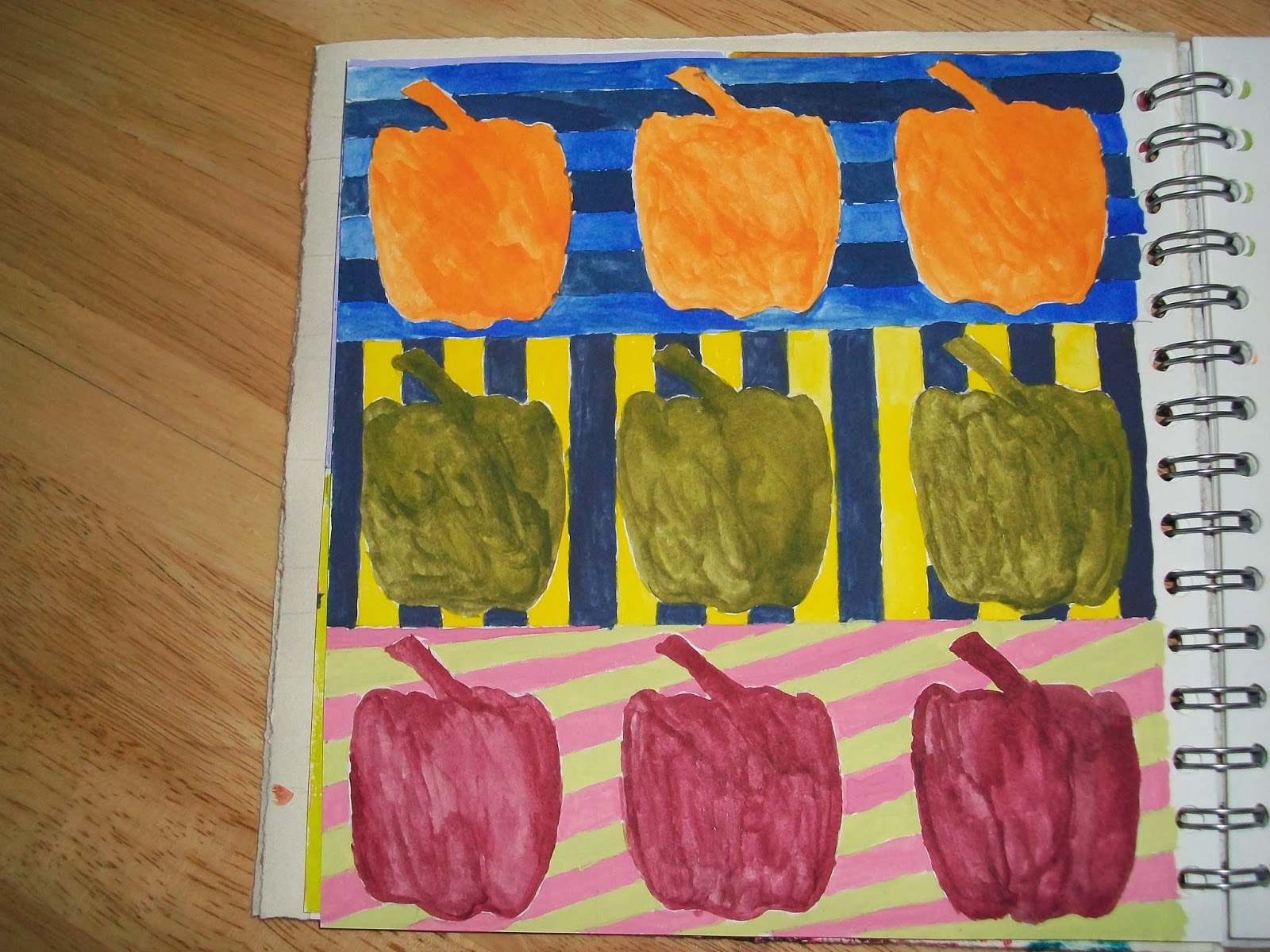Not used to blogging about myself, I usually do blogs for groups so they are more information lead.
I have started this course using acrylic colours that I already have that are on the recommended list. I spent some time tearing up paper so that I didn't have to stop once I had got going. I mainly used wallpaper lining and some tissue paper that actually looked like brown paper. I have done one page in my sketchbook and then added the others in. I felt I was a bit short of things to work with, I didn't have an old comb or sponge rollers, etc. but I have done as much as I think I can with what I have got. My plan is to go shopping next week to top up my colours and get a childrens pack of painting tools.
I normally use Koh-i-Noor paints and I have recently discovered Inktense blocks but I didn't think these would work for this activity, the acrylics worked best.
This is page 1 in my sketchbook. I have scanned these picture in but the writing doesn't come out very clearly. The marks in the middle are created by painting a long twisting shell and rolling it on the paper. As the shell wasn't touching the paper all the way down, the printing is broken.
This is page 2 of my sketchbook. I painted on a babywipe and while moving it I accidently stretched it which changed the shape of the painting so I stretched it some more and stuck it in my book.
Page 3 is on wallpaper lining paper. I have used brushes, the end of a tube, a spray pen and a sponge
Page 4 is mostly painted with brushes in two sizes using the brush and the wooden end.
Page 5 is on the brown tissue paper. The top is painted with thin paint and then stamped on with thick paint. I have spattered with thin paing and used a plastic edge with thick paint to make the straight line.s
Page 6 is wallpaper lining paper that has been washed over with water. I have mostly used brushes with thick pain over the wash and then after a short time I blotted it with kitchen paper, which I realise now, I forgot to keep and file in my book.
Of all the marks I have made my favourite is the rings done with the end of the kitchen roll tube. Rolling the brush and stretching the baby wipe were the most suprising marks.















